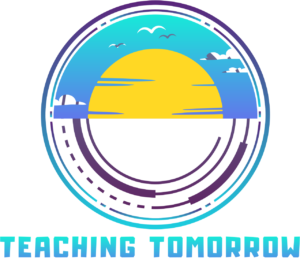
In today’s rapidly evolving world, education must keep pace with changing needs and technologies. This guide explores how curriculum development serves as a cornerstone for innovating education, ensuring students receive meaningful and relevant learning experiences.
Understanding Curriculum Development
Curriculum development involves creating a structured plan for teaching and learning. It encompasses not just textbooks but the entire learning experience. This process adapts to societal shifts, shaping what and how students learn.
Key Principles of Curriculum Design
- Alignment with Goals: A curriculum should align with educational objectives and broader learning goals.
- Diverse Learner Needs: Tailoring the curriculum to various learning styles and abilities enhances engagement and comprehension.
- Interdisciplinary Approach: Blending subjects fosters holistic understanding and problem-solving skills.
- Real-world Context: Connecting lessons to real-life applications deepens learning relevance.
Needs Assessment and Analysis
Before crafting a curriculum, a needs assessment identifies learning gaps, student demographics, and stakeholder expectations. Feedback from educators, students, and parents shapes the curriculum’s direction.
Setting Learning Objectives
Clear and measurable learning objectives define what students should achieve. Using Bloom’s Taxonomy helps create objectives that span from knowledge recall to critical thinking and creativity.
Content Selection and Organization
Choosing relevant content and structuring it logically ensures a cohesive learning journey. A blend of traditional and digital resources caters to different learning preferences.
Innovative Teaching Methods
- Flipped Classroom: Students learn through self-study at home and engage in active discussions during class.
- Project-based Learning: Real-world projects foster problem-solving and collaboration.
- Gamification: Applying game elements enhances engagement and motivation.
- Blended Learning: Combining online and in-person instruction accommodates diverse schedules.
Integrating Technology
Leveraging technology expands educational possibilities. Educational apps, online platforms, and interactive tools make learning engaging and accessible, preparing students for the digital age.
Assessment and Evaluation
Continuous assessment informs instructional decisions. Formative assessments track progress, while summative assessments measure overall achievement. Aligning assessments with objectives ensures meaningful evaluation.
Adapting to Changing Needs
Curriculum development is not static. Regular evaluation and adaptation reflect evolving societal needs and technological advancements, ensuring education remains relevant.
Case Studies of Innovative Curricula
- Khan Academy: Offers a personalized learning experience through video lessons and interactive exercises.
- High Tech High: Focuses on project-based learning, fostering creativity and real-world problem-solving skills.
- Duolingo: Uses gamification to make language learning engaging and accessible.
Conclusion
Curriculum development is the linchpin of educational innovation. By aligning goals, incorporating diverse strategies, and embracing technology, we can provide students with effective and engaging learning experiences that prepare them for a dynamic future.





